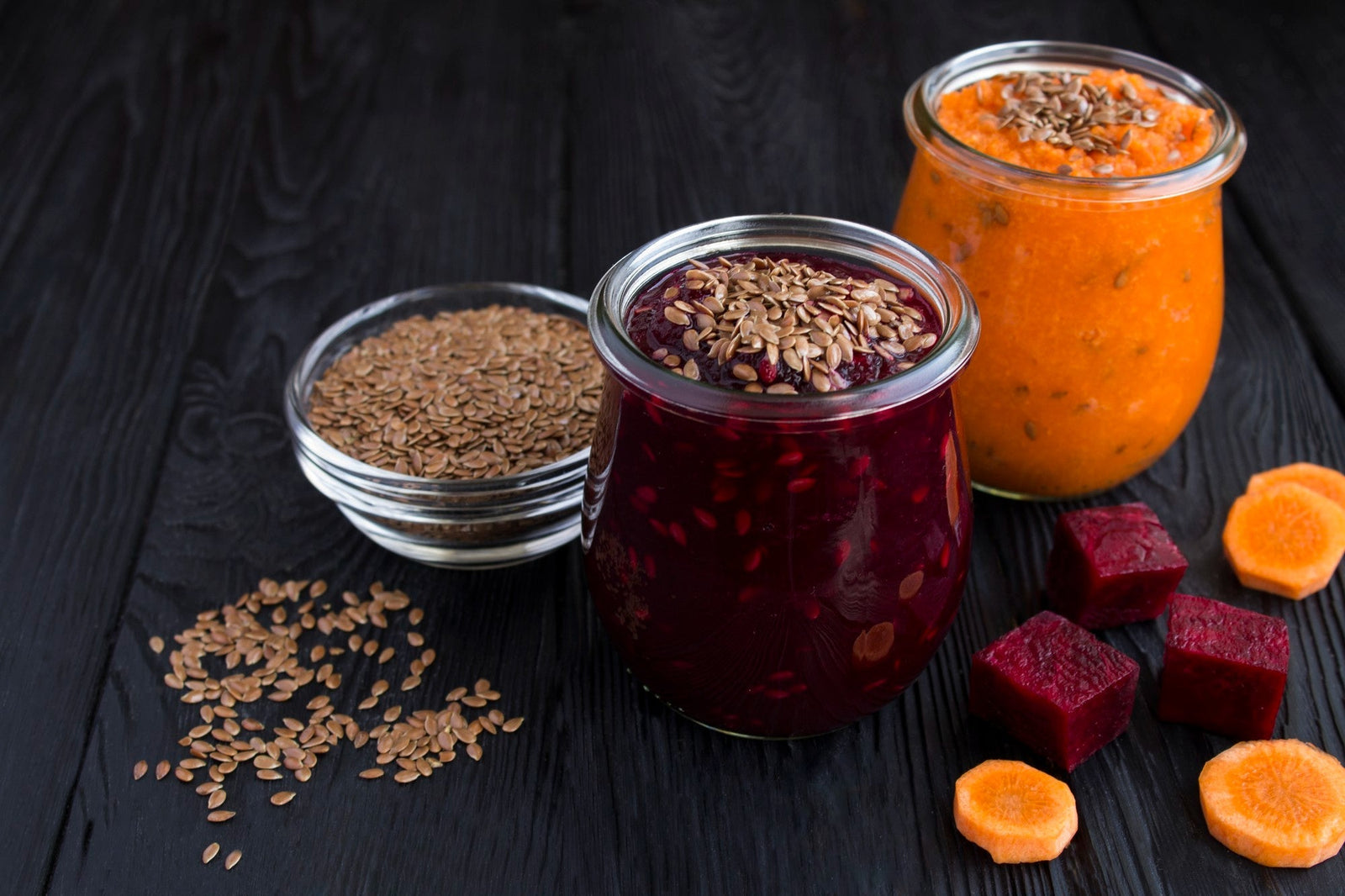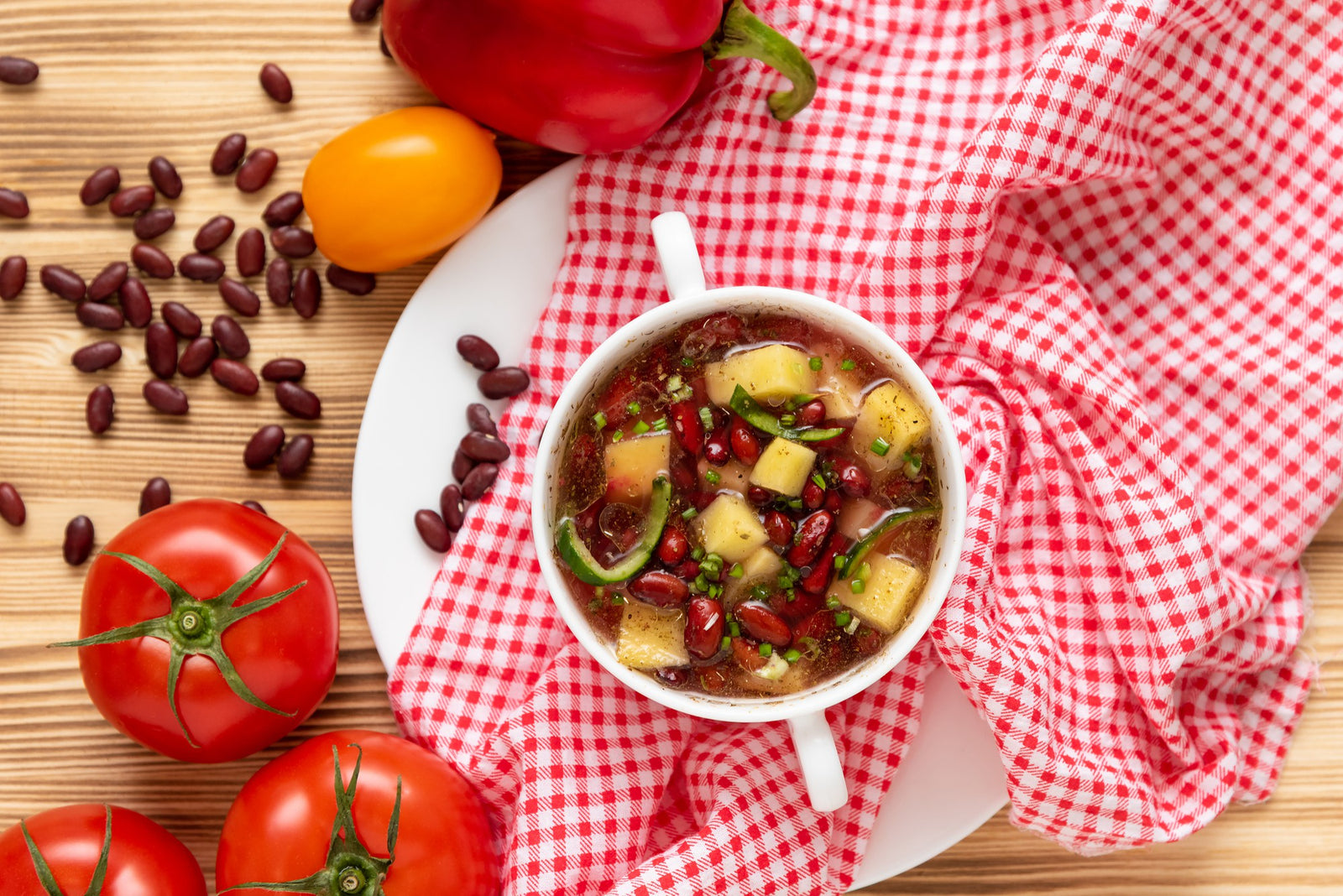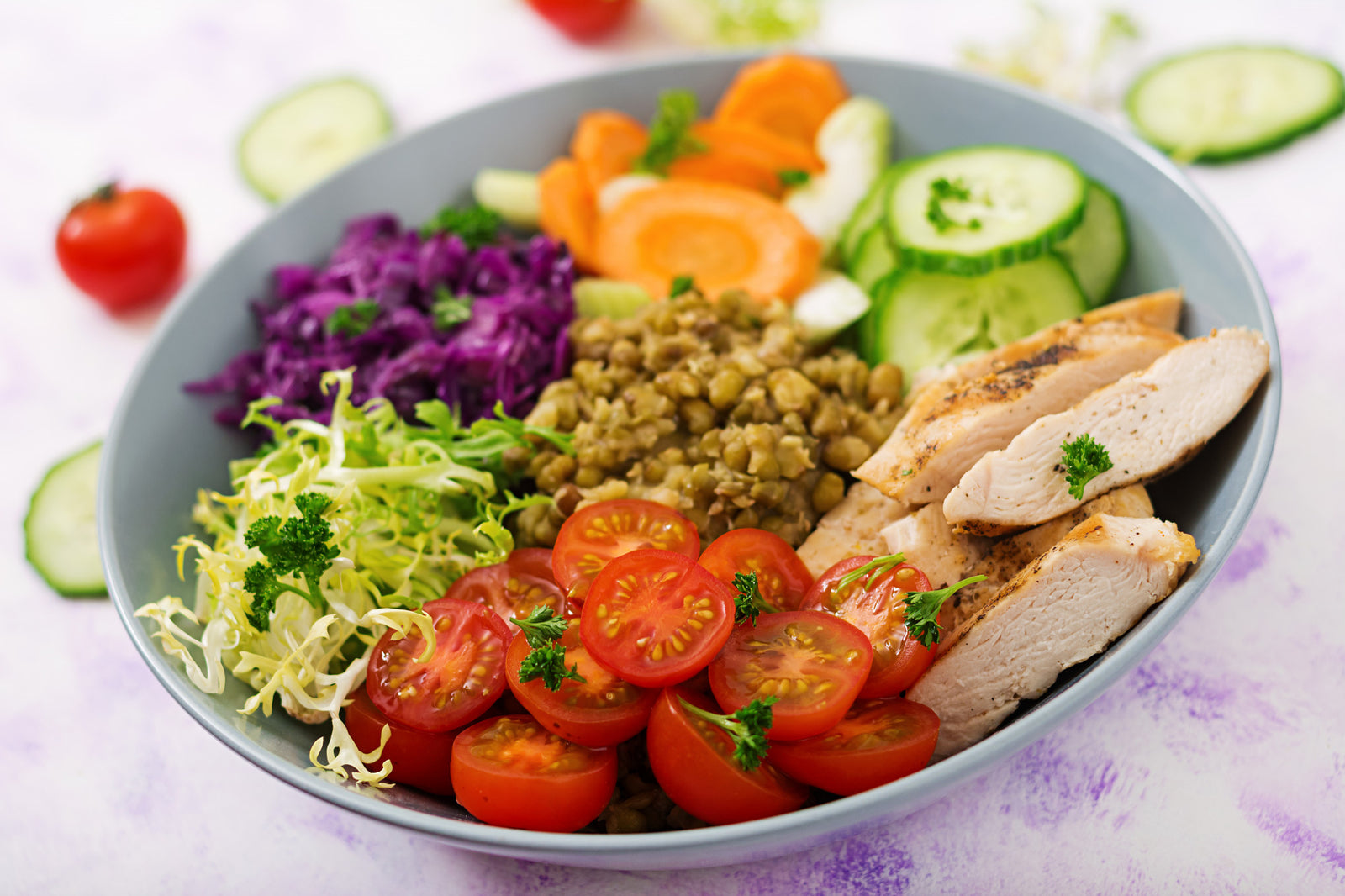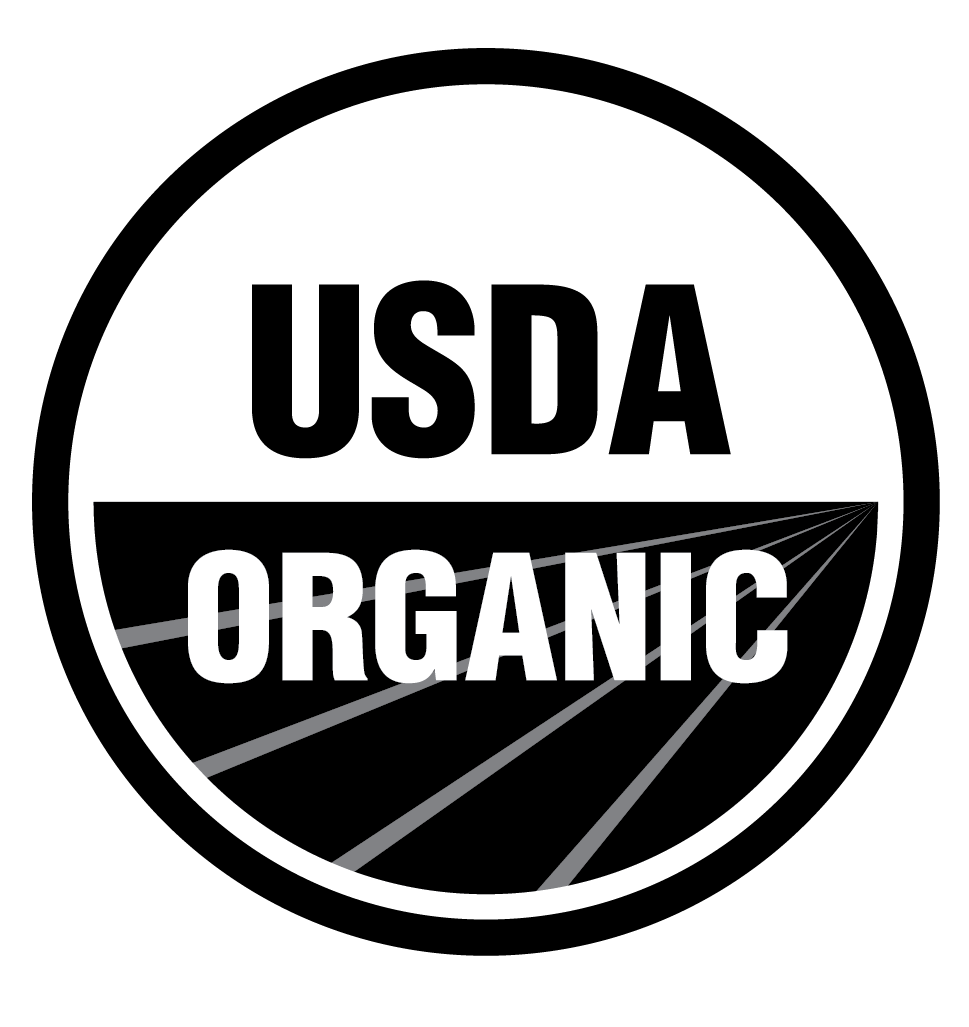
October 11, 2022 2 min read
Seed butters are great to make and have as an alternative to peanut butter. like most nut butters, seed butters are made by simply grinding the seeds in a food processor until smooth. Depending on the kind of seed or what flavor you want your butter to have, you can choose to toast your seeds before blending or add some sweeteners like maple syrup or honey. The process of grinding your seeds into a smooth consistency may vary depending on the seed, some require a little bit of oil to help smooth out the texture, and others just need to be blended for a good 15-20 minutes!
Whether you have a peanut allergy or maybe want to choose a spread that is less calorie dense, here are some options for delicious seed butter that you can make at home with just a few ingredients!

Hemp seed butter
Hemp seed butter is a high protein spread that is rich in many vitamins and minerals. Hemp butter has a different taste than most seed butters, you can either make it plain or add some extra ingredients for flavor. All you need to do to make hemp butter is put hemp seeds in a blender or food processor and blend! It might take a little while for the butter to become smooth. You can add a little oil to change the consistency from a thick paste to a dressing and add it to your salad!
Pumpkin seed butter
Pumpkin seeds are high in protein and minerals such as magnesium and zinc. You can make pumpkin seed butter with either toasted or raw pumpkin seeds, depending on your flavor preference. You can also add oil to your pumpkin butter if you want a smoother consistency. Try our recipe for how to make Pumpkin Seed Butter.

Sunflower seed butter
These seeds are extremely rich in nutrients such as iron, phosphorus, folate, magnesium, vitamin b6, and zinc. It also has a significant amount of protein, making it a great seed butter alternative to peanut butter. Like other seeds, sunflower seeds can be made into butter by simply grinding them after toasting, but adding a little bit of salt and sweetener really completes the flavor! Here is our Sunflower Butter recipe for you to try!
You can serve these as a spread for your toast, on crackers, rice cakes, or on a seed butter-&-jelly sandwich. You can also add them to your oatmeal or in your smoothies for an extra bit of protein!
❤ Try our USDA certified Hemp Seeds, Pumpkin Seeds, and Sunflower Seeds ❤
Thanks for reading this Be Still Farms Blog article. To sign up for more news/articles and/or recipes, click here. For more about us, click here. To shop our certified organic products, click here.
Please comment and share and we look forward to serving you in the future!
Comments will be approved before showing up.

January 27, 2025 3 min read
Flaxseed, the tiny yet powerful superfood, is packed with nutrients that can support weight loss. From curbing hunger to stabilizing blood sugar, this guide dives into the science of how flaxseed can help you shed those extra pounds.

December 11, 2024 3 min read
Discover three quick and easy soup recipes featuring organic small red beans. From a classic vegetable soup to a creamy potato blend, these wholesome recipes are perfect for chilly days and busy weeknights. Packed with flavor and nutrition, these soups will warm your heart and soul this winter!

December 06, 2024 3 min read
This vibrant and nutritious Green Lentil Salad combines tender lentils with grilled chicken, fresh vegetables, and a zesty lemon dressing. Packed with protein, fiber, and essential vitamins, it’s the perfect healthy meal for any time of day.
© 2025 Be Still Farms- Real, Fine Organics.
Privacy | Terms | Refund Policy | Organic Certification
